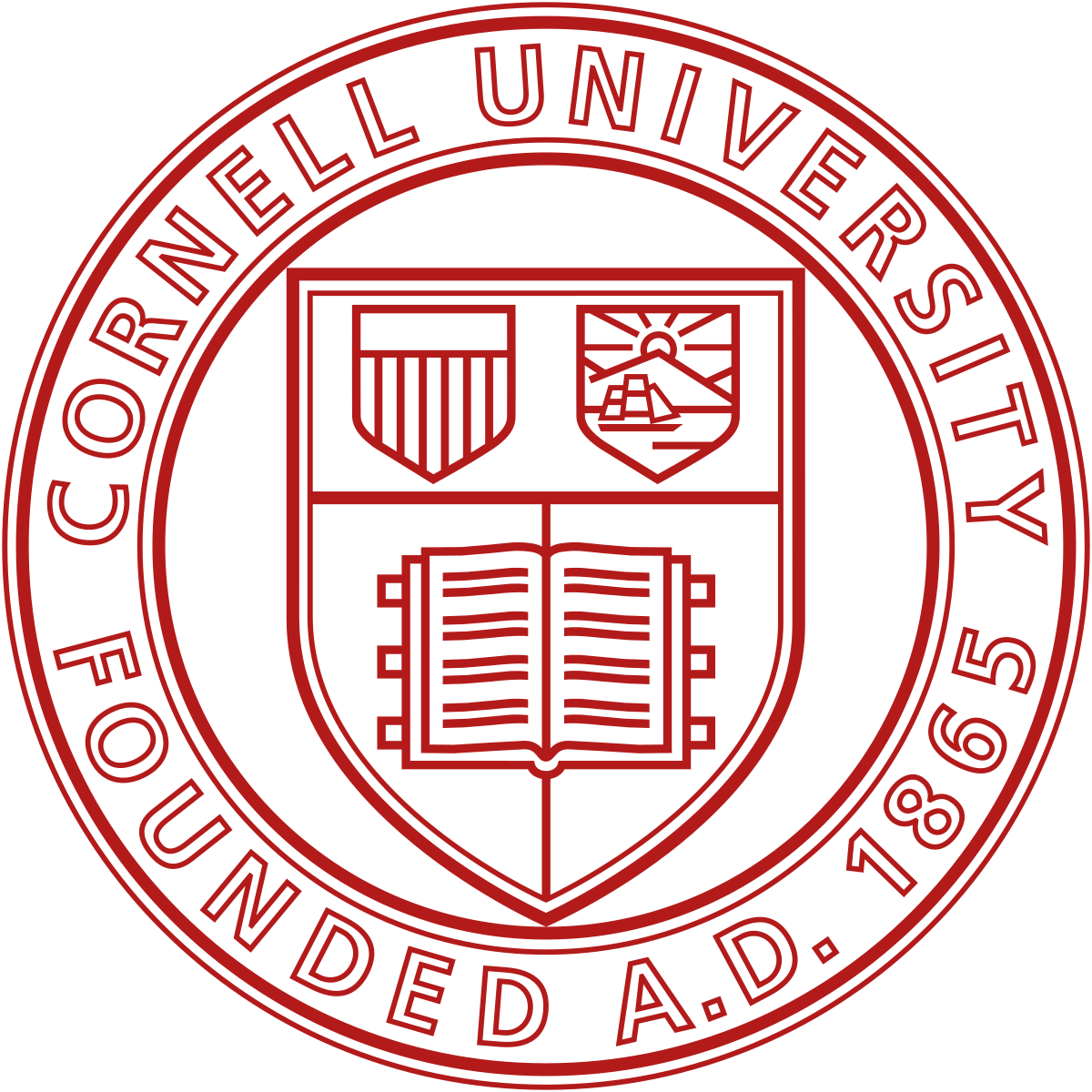
Six decades of research on Oneida Lake, New York State’s largest interior lake has produced a unique long-term ecosystem study, begun by John Forney in 1956, which has become a model for other fresh water lakes around the world. Also unique is the continuous long-term collaboration and support of the New York Department of Environmental Conservation.
In more recent years, national and international collaborations on the Great Lakes have resulted in a more in-depth understanding of those lakes’ food webs and the effects of invasive species.
- Year Founded
- 1956
- Year Joined OBFS
- 1989
- Size of Field Station (hectares)
- 101-500
- FSML Web Address
- https://cals.cornell.edu/biological-field-station-shackelton-point
- Private nonprofit organization?
- No
- Universities affiliated / Parent Organization
- Cornell University
- Federal, state, or local governmental partners?
-
Other: NYSDEC, EPA
- Member of the Virtual Field
- No

